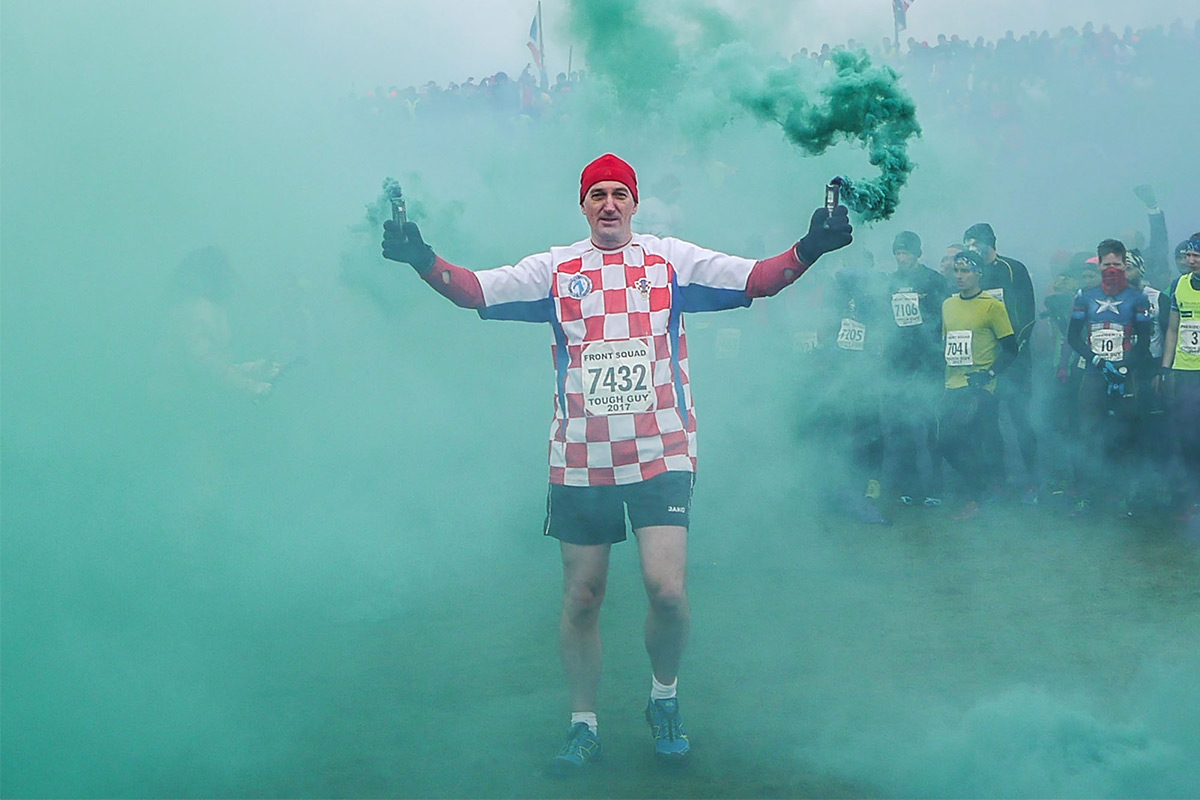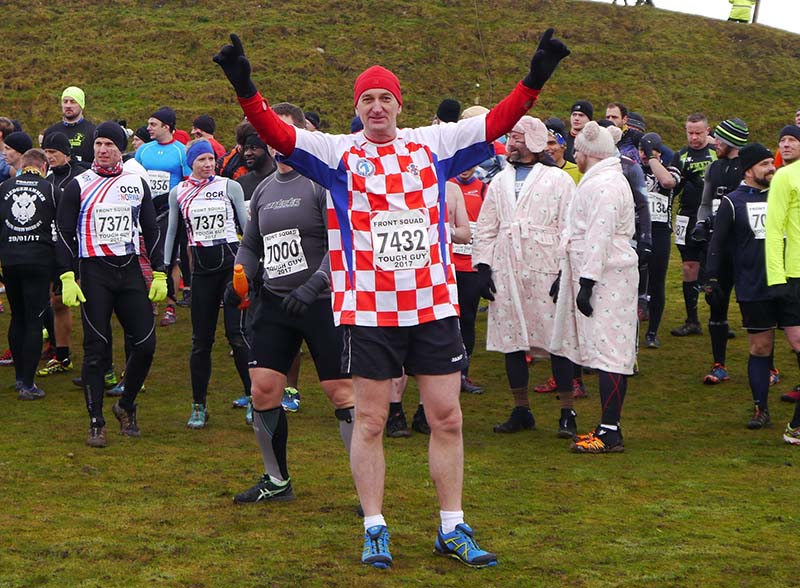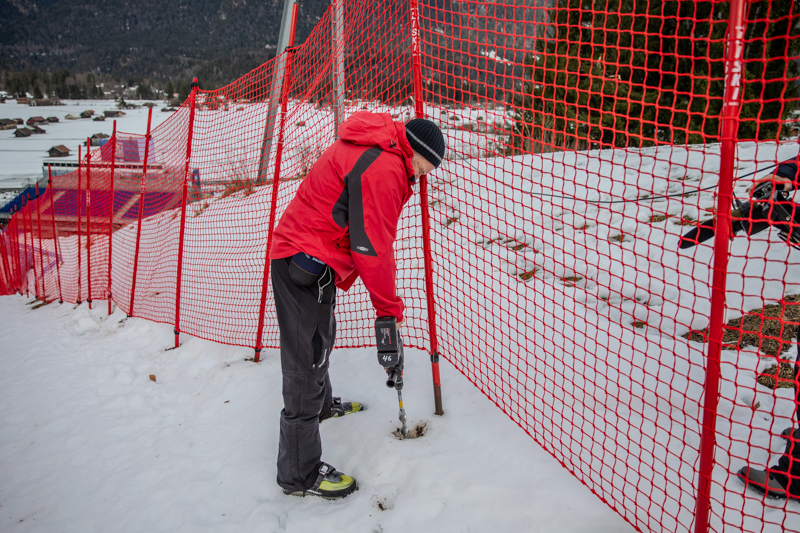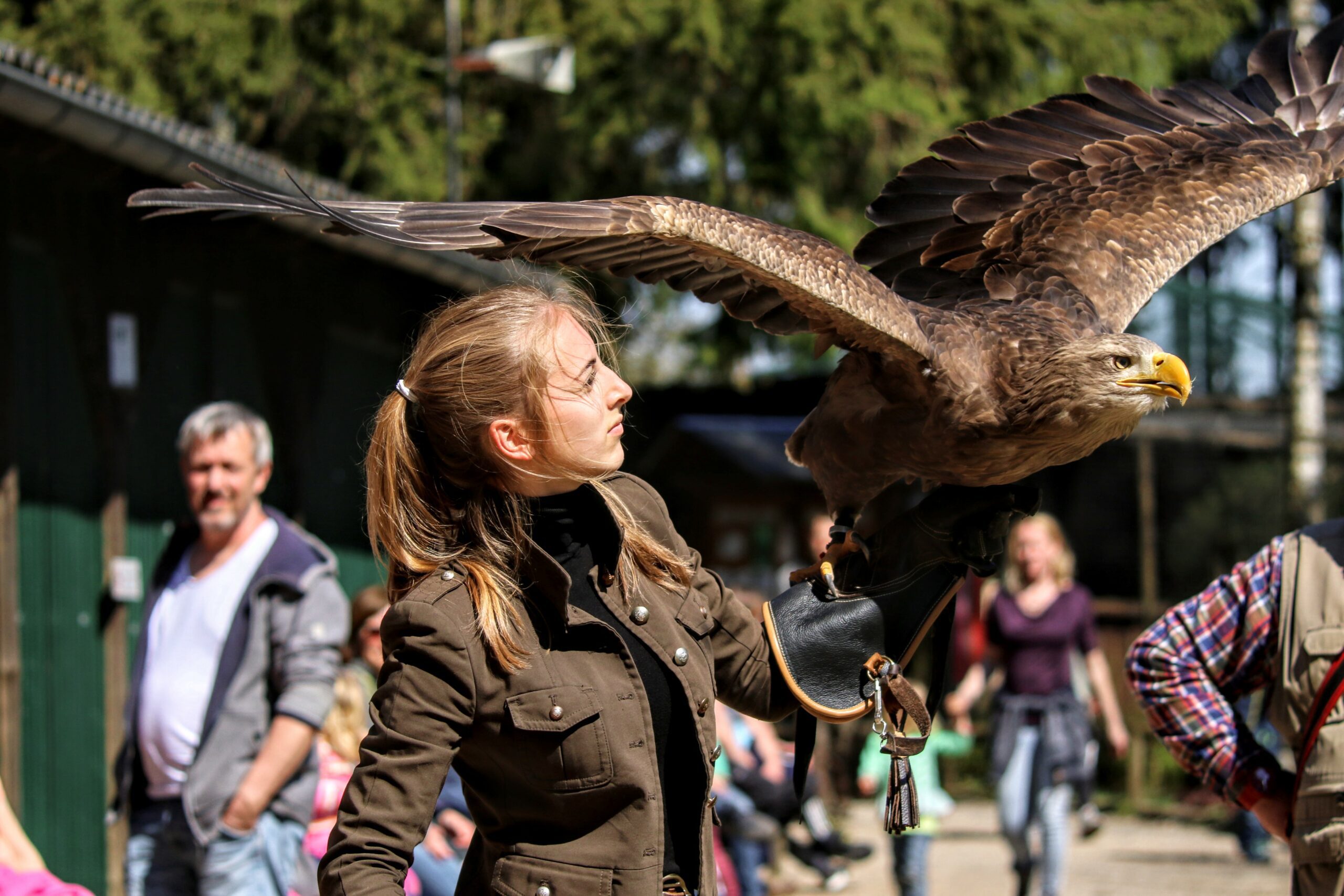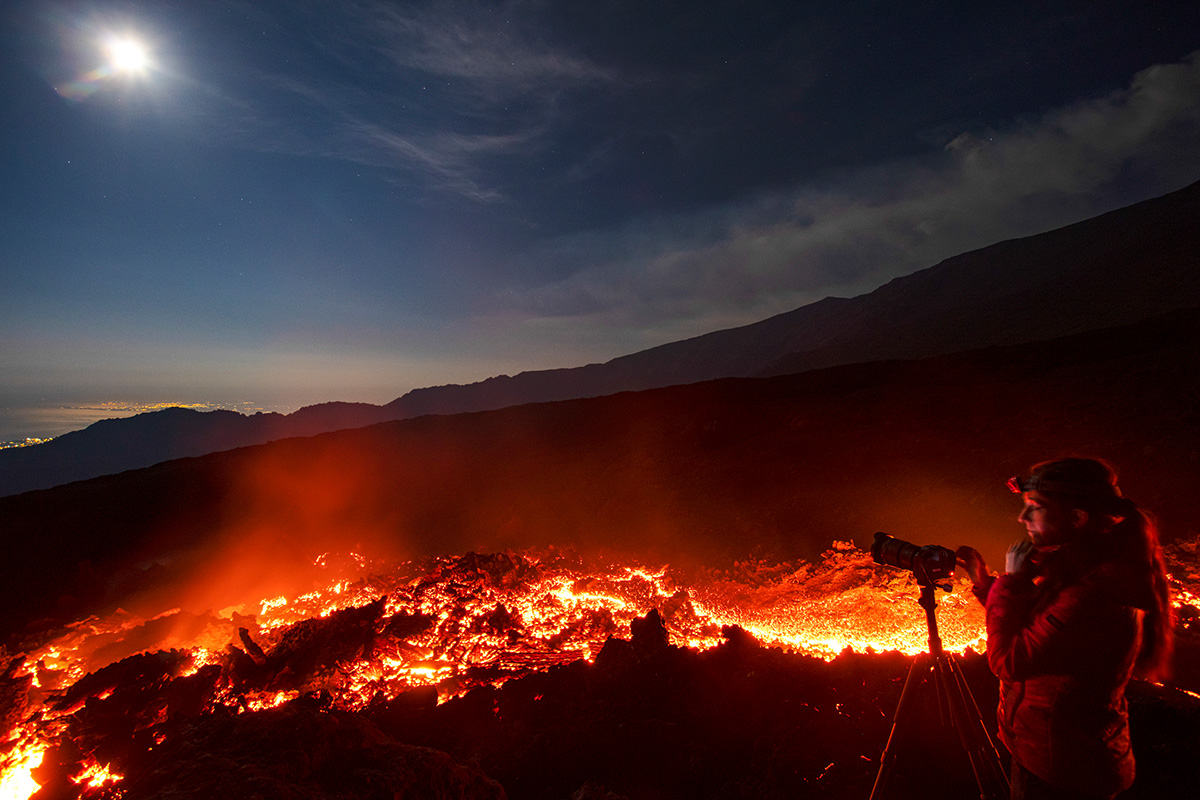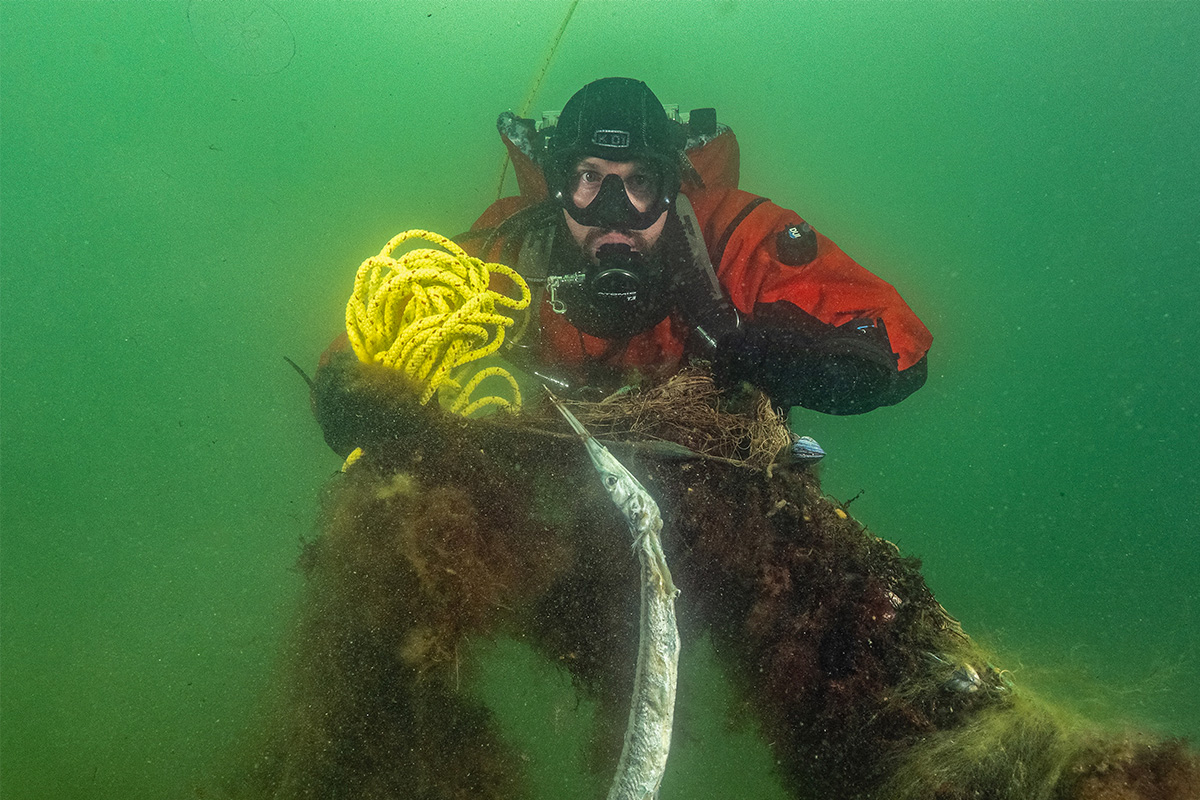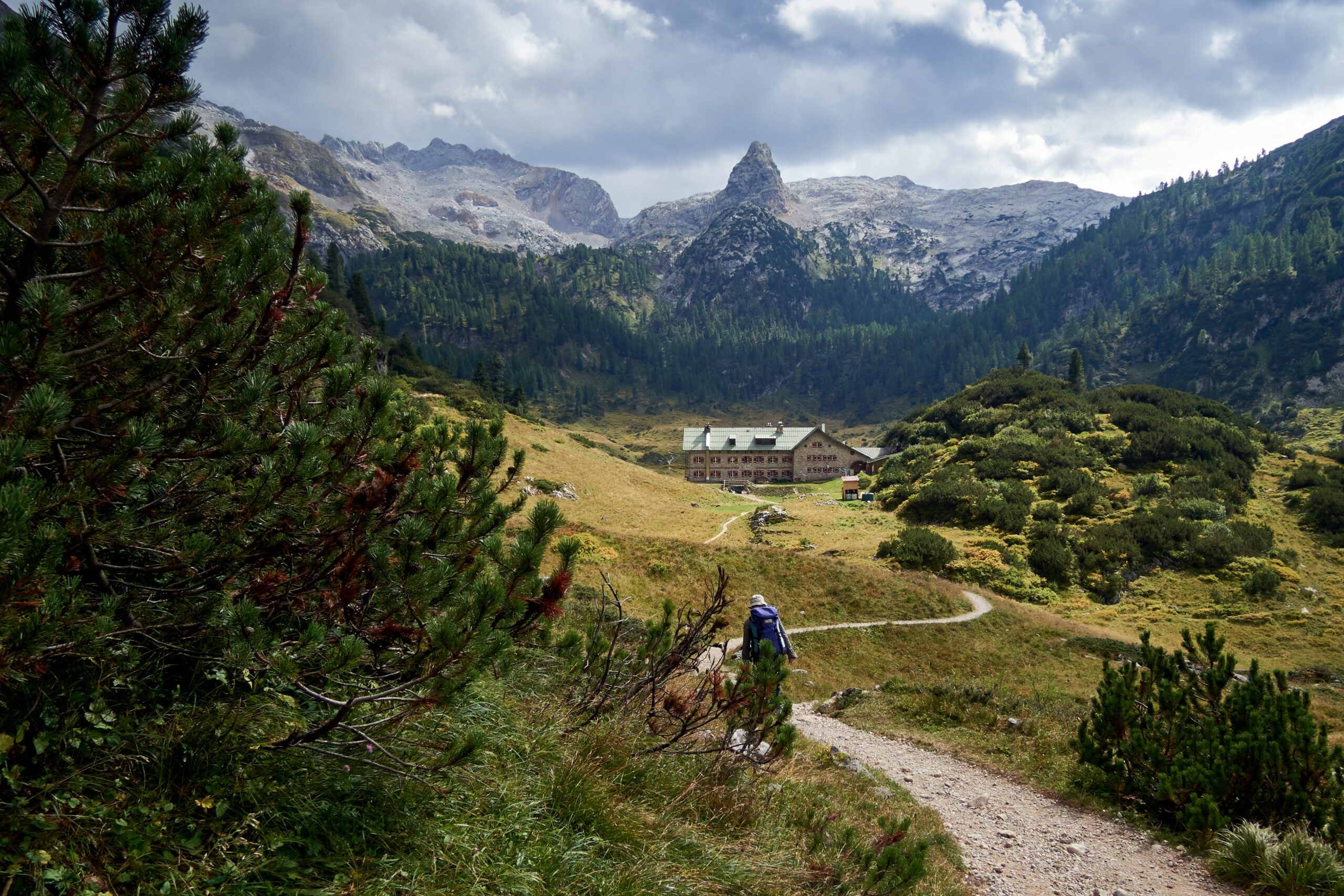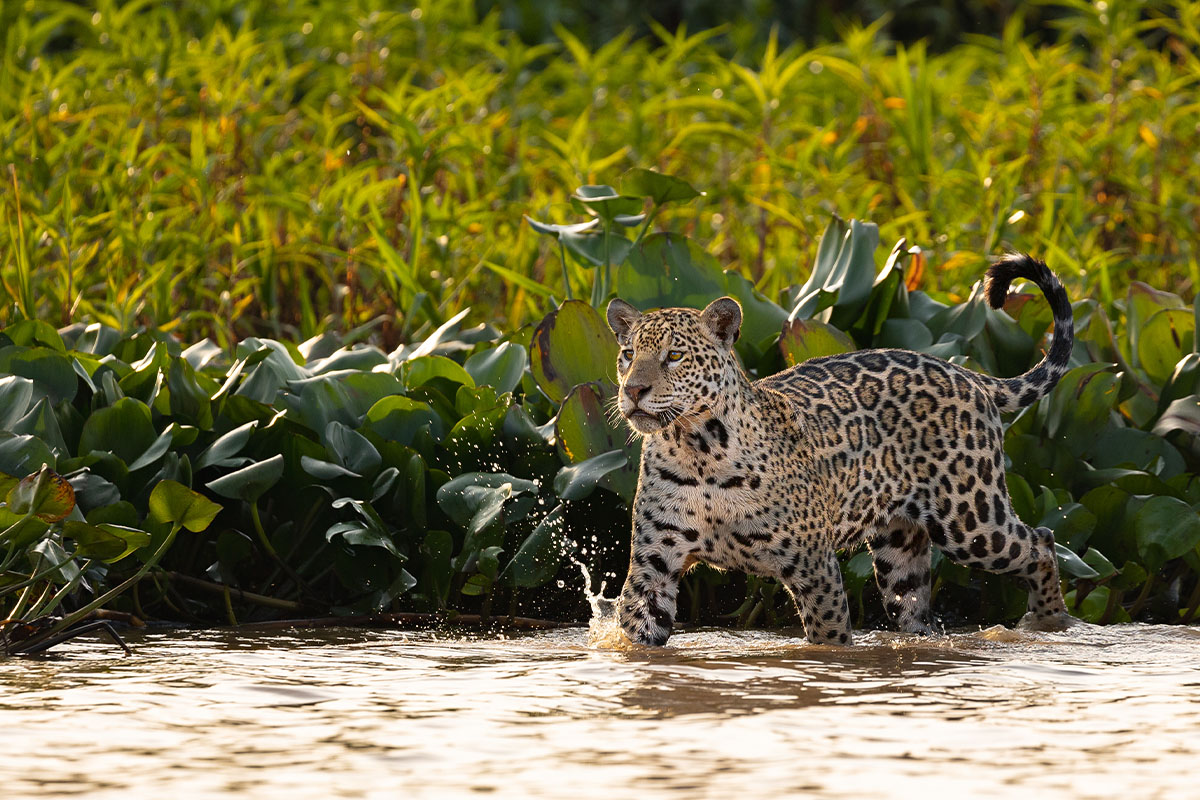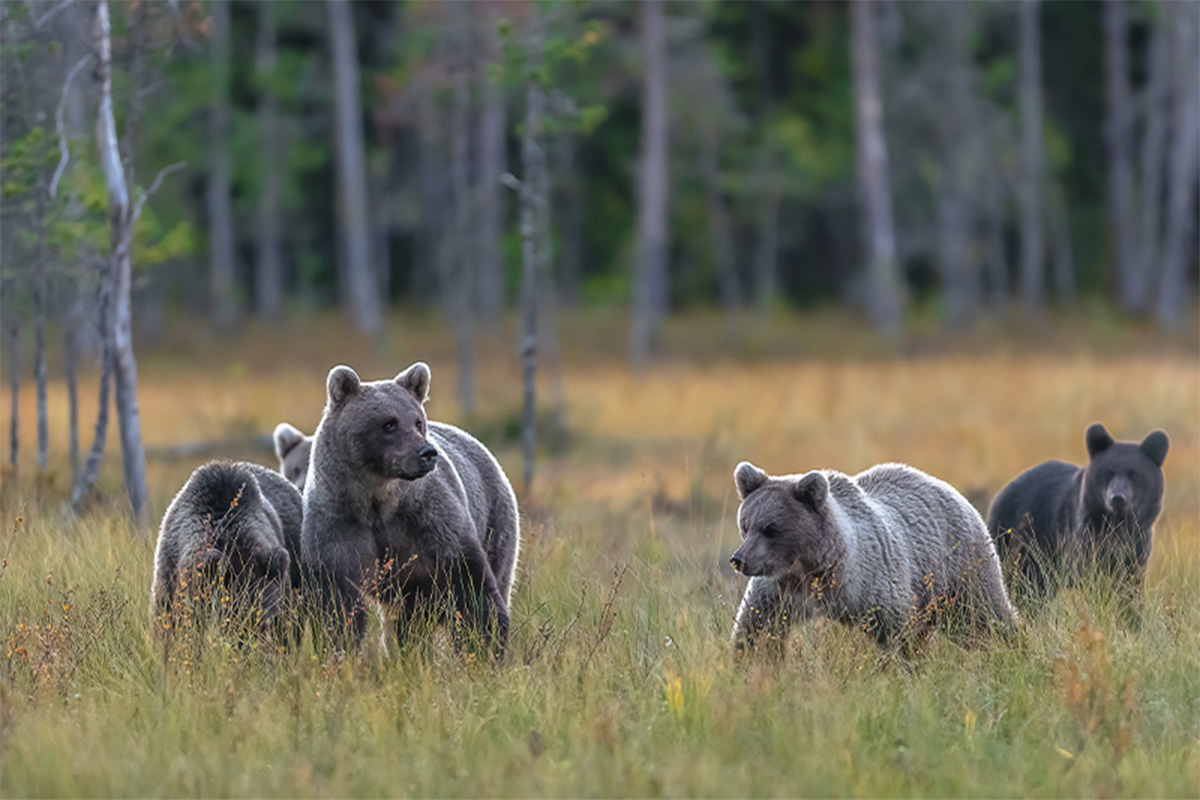Tough Guy: mud, ice, and the “Killing Fields”
In 2017, the last ever Tough Guy Race was supposed to take place. Thirty years had passed since the first obstacle course in 1987, and the organizer and founder of Tough Guy, Bill Wilson, aka “Mr. Mouse,” was turning 80 years old. Why not quit while you’re ahead? Competitor Thomas Reim reports on what is arguably one of the most difficult obstacle courses in the world.
The announcement that the race would soon be coming to an end was accompanied by a declaration of war from Mr. Mouse: “Guys, for the last run we’re really going to go all out!” Ultimately, the main focus of the event isn’t rankings; rather, it’s about getting what’s left of your once proud body over the finish line – preferably in one piece. And the path to the finish line was always hard and painful. Those who make it receive a medal and a mug of hot tea
Over 30 years, the course has evolved from its humble beginnings, growing longer and tougher. Billy Wilson, a veteran of the Grenadier Guards and developer of military obstacle courses, always employed his creativity to make the path to the finish line for participants as difficult as possible. In good years, sometimes only 40 percent of runners succeeded. The obstacle course traditionally takes place on the last Sunday in January, a choice not without reason. Casual runners looking for a thrill quickly discover that ice in the water obstacles is to be expected and hypothermia isn’t something to fool around with.
The thermometer reads 5°C (41°F) on the day of the race. Many hipster lifestyle runners – those who dutifully run their laps around the park in breathable jogging clothes bought at a coffee bar, who only pause at regular intervals to pull up their absolutely vital compression socks – tell me “Yeah, well, that’s easy enough.” The reality is pretty different.
After the starting signal, 6,000 runners are let on to the obstacle course in waves one after another. Each wave looks like a herd of buffalo on the run. After around 500 meters your shoes are soaked. It’s cute how the newbies still attempt to avoid the first puddles. Afterwards comes the running circuit, which leads into the so-called “Killing Fields.” This harmless lap is meant to spread the runners out and relieve congestion before the obstacles. After half an hour, you reach the first water-filled mud ditches, and by this point your engine room is definitely flooded. The course alternates between ditches and small climbing obstacles, which give way to steep slaloms for recovery. By the end of Tough Guy, you’ve climbed a total 1,020 meters up and back down.
Assuming you’re still in somewhat decent shape at the end of the running circuit, you then reach what’s called the “Killing Fields.” So far, I’ve only fallen twice and I’m still 80% there physically. While running, I see similarities to the movie “Memphis Belle,” which is set in 1943. In the film, an American B-17 bomber springs into action in enemy territory. One of the four engines is hit by a flak grenade and is taken out of commission. No matter, keep going – a B-17 can fly with just three motors. The first obstacle to overcome in the “Killing Fields” is always the Tiger – two wooden, 10-meter-high scaffolds. Between them, you have to cross a field with electric fence wires. The fact these wires are electrified is helpful in a way – they sort of shock you back to life.
The next two miles alternate between climbing scaffolds with water obstacles, barbed wire, fire, and of course, mud. There isn’t time in this article to describe all 400 of the obstacles along the entire course. As advertised, Mr. Mouse dug a ton of new water-filled ditches, which are reminiscent of World War I trenches. A well-planned offensive got bogged down in the mud in many a war – and you shouldn’t underestimate the muck here, either. The biggest catastrophe facing a long-distance runner is losing a shoe. Getting the running shoe back on with frozen fingers is one thing, but even finding the shoe in calf-deep mud is a whole other challenge.
In the end, I reached the finish line in a little over three hours, got a medal around my neck, and a mug of tea in my hand. Two engines failed and the third is on fire, but it’s still going. The landing gear is still intact and is good to go again. Not me, though – first I need to head to the hangar for some repairs.
